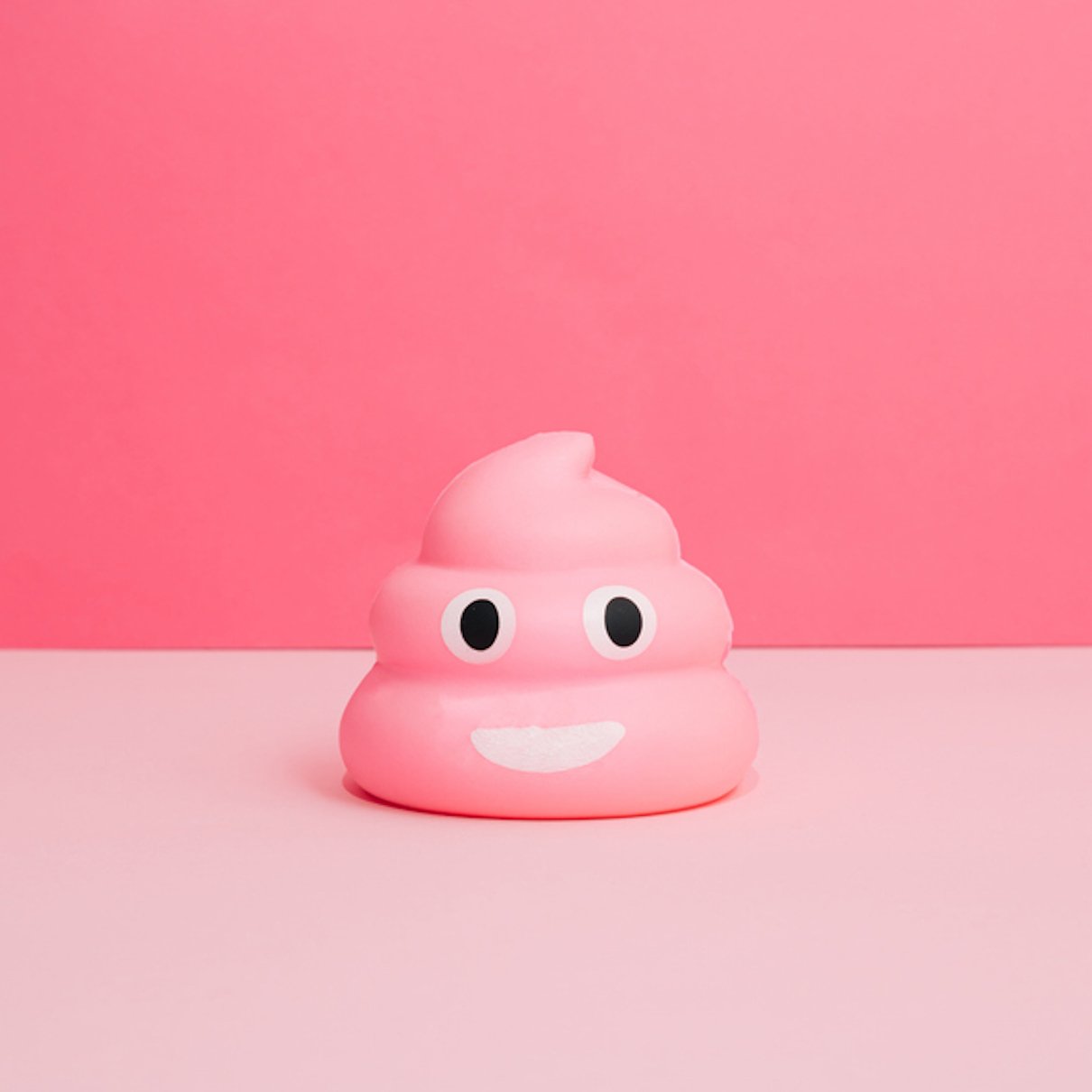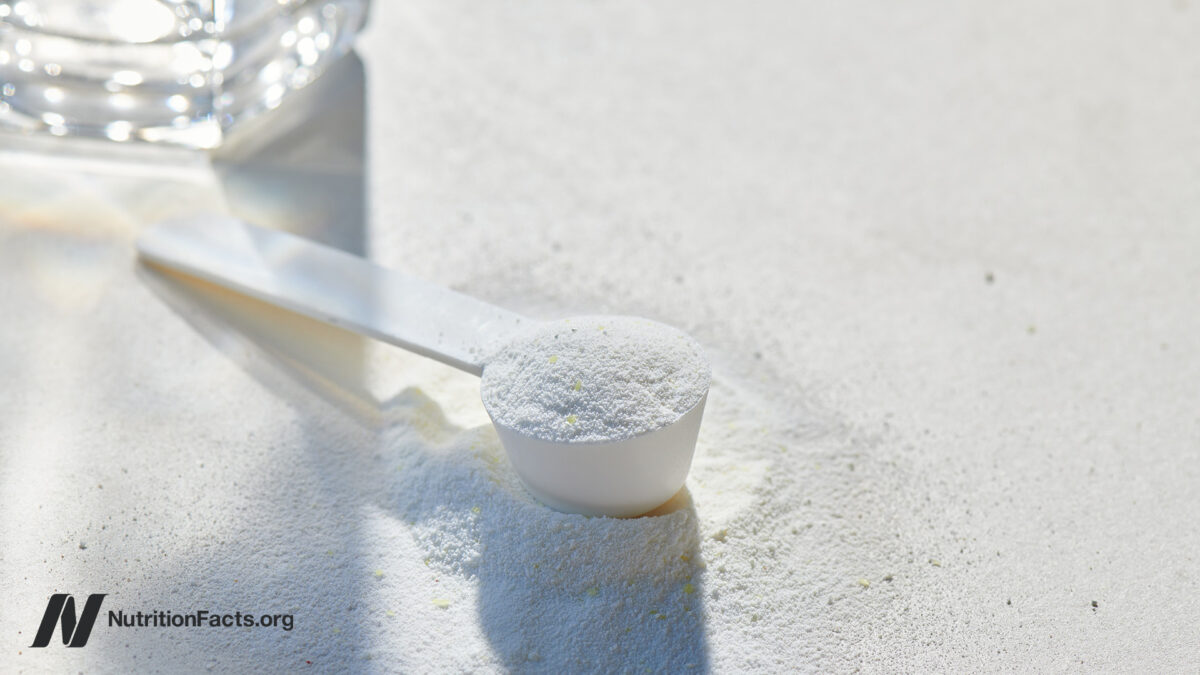
Understanding the color of your stool may not be the most attractive aspect of health, but it can be immensely beneficial to know the essential indicators of your overall well-being.
While minor changes are common, the color of your bowel movements can provide important information about your digestive health. Changes in patterns can reflect anything from minor dietary adjustments to more serious underlying health issues. Knowing what’s normal for your body and recognizing deviations can help you maintain a healthy digestive system. We break it down and show you what each color means, like your own guide with a stool color chart.
Minor changes are normal; other times they may be due to a digestive problem.
It’s important to note that stool color can naturally vary from day to day. Often, these changes are harmless and can be attributed to dietary habits, medications, and the presence of bile due to its pigmentation. However, if the change is significant, persistent, or accompanied by other symptoms, it could indicate a more serious problem. Each stool color represents different possible health issues (or foods) that may be causing your stool to change color.
What Different Stool Colors Mean: Breaking Down the Stool Color Chart
Brown poop (healthy)
Kimberly Flores, Nurse Practitioner and CEO of Sophrosyne Healthstates, “[A] Healthy stool is usually brown due to the presence of bile, which is produced in the liver.” This shade is the result of bile, a fluid produced by the liver, which is released into the small intestine to aid in digestion and fat absorption. Initially, bile is yellowish-green, but as it travels through the digestive system, it undergoes chemical changes that transform it into the brown color we see in stool. This color change is a sign that your digestive system is functioning properly. “Variations in brown can occur, but other colors could indicate problems, she says.” Because multiple shades of brown can occur, not knowing what is healthy and what may be the cause of a potential problem can be confusing. Dehydration, for example, can have different levels of severity, and while still brown, it can significantly affect color. Flores explains, “When the body is dehydrated, it tries to conserve water, leading to a reduction in the amount of water available in the intestines. This causes stool to become harder and drier. Dehydrated stools are often darker brown than normal because as the water in the stool is reabsorbed in the colon, it becomes more concentrated in waste materials, such as bile, which can darken the color. In severe cases, dehydration can cause very dark brown or even black stools.
Green poop
Green stools can occur when food passes through the digestive tract too quickly, leaving insufficient time for bile to be fully broken down during digestion. It can also indicate a possible bacterial, viral, or parasitic infection in the gut. However, eating certain foods such as leafy greens (spinach and kale), chlorophyll supplements, or foods with green food coloring can also cause green stools.
Yellow poop
Yellow stools, especially if they have a greasy appearance and unpleasant odor, may indicate a diet rich in fatty foods (known as steatorrhea). It can also be due to malabsorption. Malabsorption occurs when the digestive system is unable to break down nutrients properly. This can be due to food intolerances (such as lactose and gluten), diseases, or conditions that affect the gut. In addition to eating fatty foods, foods high in beta-carotene, such as carrots and sweet potatoes, can also cause yellow stools.
Pale or clay-colored poop
Pale or clay-colored stools may not be as common as some of the other colors, but they can still occur and are caused by certain medications, such as bismuth subsalicylate (Pepto-Bismol) or bariuma liquid consumed before having an X-ray of the gastrointestinal tract. More seriously, they can indicate a lack of bile in the stool, which could be a sign of problems with the gallbladder, liver, or pancreas. Conditions such as gallbladder disease, hepatitis, and pancreatitis can reduce bile production and cause this color change.
Black poop
Black stools can be alarming in certain situations. It can be something as simple as taking Pepto-Bismol, iron supplements, or charcoal. However, it can also be a sign of bleeding in the upper digestive tract, such as from stomach ulcers or esophageal bleeding due to acid reflux. If you notice black stools, especially with accompanying symptoms like bleeding, you should seek medical attention immediately. Conversely, eating dark foods like blueberries and black licorice can also cause your stools to turn black, but this is mostly harmless.
Red poop
Red stools can also be worrisome. Blood in the stool can be caused by gastrointestinal conditions Such as hemorrhoids, anal fissures, inflammatory bowel disease (IBD), colon cancer, or diverticular disease. Bleeding almost always originates in the lower digestive tract. There are also a number of red foods that leave their stain on everything, including stool. Foods such as beets, strawberries, red food coloring, and tomato-based products (i.e. soup and juice) can cause stool to turn red, so before you panic, think about your diet over the past few days and start from there.
While stool color provides important information about digestive health, it is important to consider the size, shape, and consistency of the stool. Experts use the Bristol stool chart to help patients determine what type of stool they have. While types 1 and 2 feature hard, lumpy stools (constipation), types 5, 6, and 7 are the opposite: very soft, which eventually turns to watery stools (diarrhea). The ideal type you want your stool to be is right in the middle, at types 3 and 4, which are solid, formed, but easy to pass.
How long should I wait before seeking treatment?
It completely depends on your situation and the severity of your bowel movements. Flores says, “If your bowel movements were normal and you notice they are starting to change color, like turning red, when you haven’t eaten any foods that can cause red stools or you notice your stools are turning pale, you should not wait [to] Schedule an appointment with a doctor.” She also recommends seeing a doctor for any change in consistency. Having no constipation or diarrhea for more than a few days is healthy, and can actually become dangerous if left untreated. Other signs that indicate you should seek medical attention include an overabundance of mucus in your stool, blood in your stool, or thin, pencil-shaped stool.
The moral of the stool color chart
Being aware of the color, consistency, and shape of your stool is an important aspect of maintaining digestive health. While minor changes in stool color are usually harmless and diet-related, persistent or significant changes may indicate more serious health issues. Remember that your stool is a key indicator of your overall health—don’t ignore what it might be telling you.






